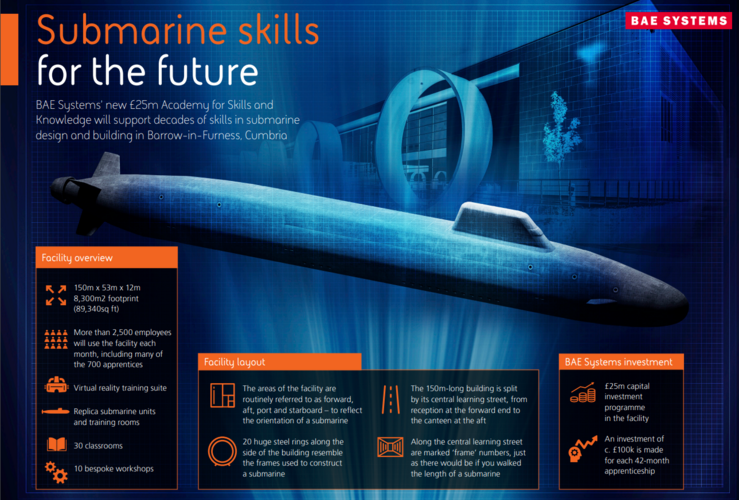Hi, starting to put some info out there about the Type-212CD and other 'stealth shaped' submarines. You'll actually see similar lines in other submarine classes of certain countries

 www.navalnews.com
www.navalnews.com

Radical New Stealth Submarine, Type-212CD, Will Be Much Larger - Naval News
Submarines rely on stealth to maintain the element of surprise and escape threats. For decades this has focused on reducing the noise emitted by the submarine. A resurgence of using active sonar to locate submarines now means that new stealth measures may be required. German submarine builder...

